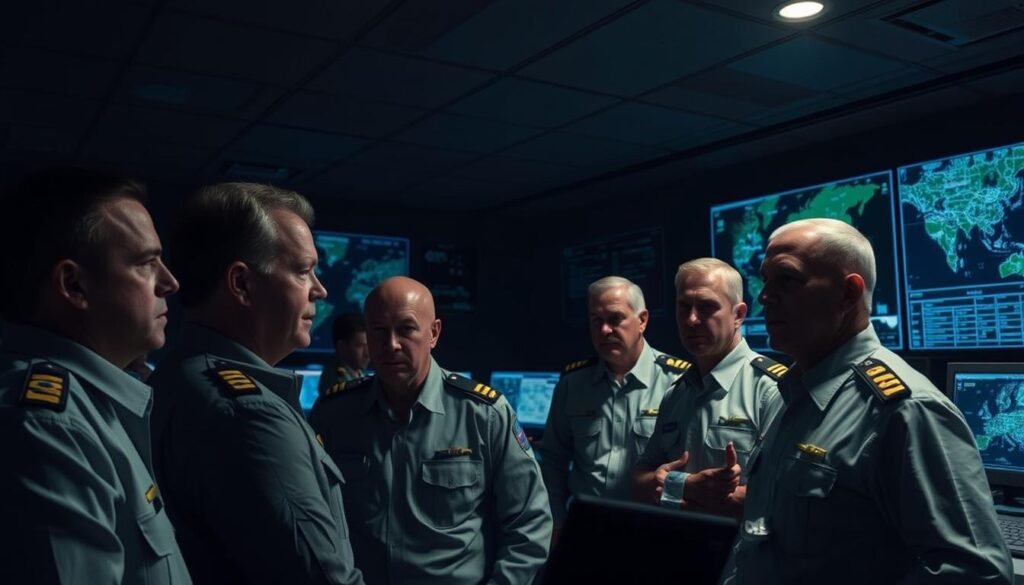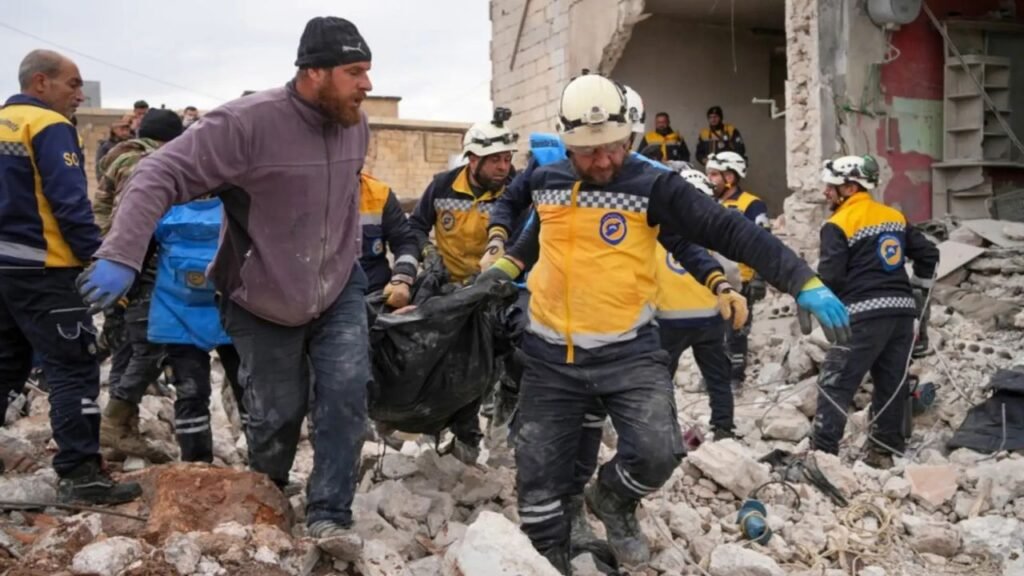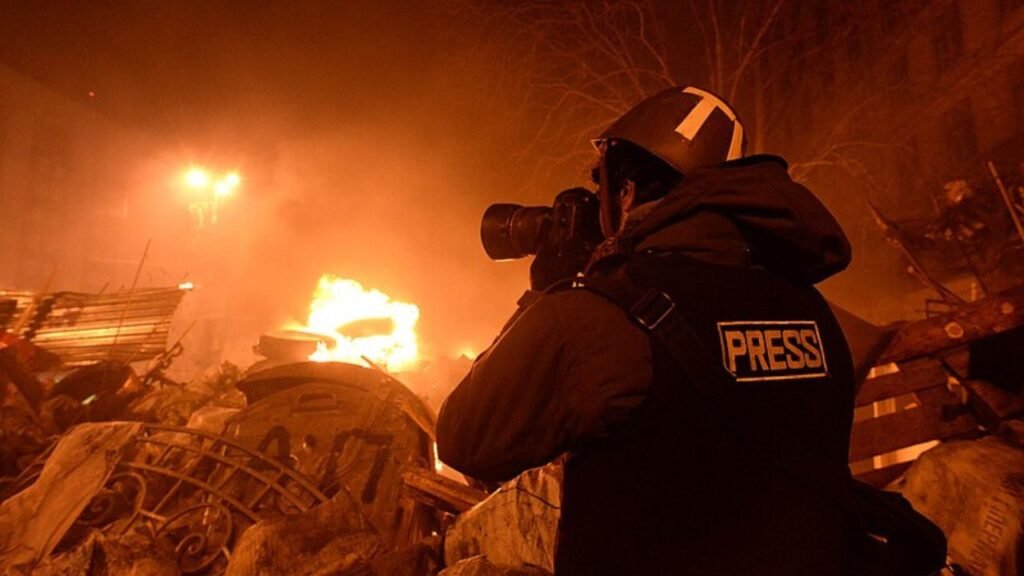Have you ever thought about if it’s legal to shoot a fleeing enemy in war? The rules for such actions are complex. They are based on international humanitarian law.
The Geneva Conventions are key to this legal framework. They set out the rules for war and protect those who aren’t fighting.
To know if shooting a fleeing enemy is a war crime, we need to look closely at these laws. We must understand how they apply in different situations.
Exploring this topic shows that the line between right and wrong in war isn’t always clear. This makes it important to study the legal principles involved deeply.
Contents
- 1 The Legal Framework of War Crimes
- 2 Key Principles of the Geneva Conventions
- 3 Is It a War Crime to Shoot a Fleeing Enemy?
- 4 Contextual Factors That Affect Legality
- 5 Distinguishing Between Combatants and Non-Combatants
- 6 Modern Military Rules of Engagement
- 7 Conclusion: Is It a War Crime to Shoot a Fleeing Enemy?
- 8 FAQ
- 8.1 What constitutes a war crime under international humanitarian law?
- 8.2 Are there specific laws that govern the treatment of fleeing enemies during armed conflicts?
- 8.3 How do the rules of engagement impact the legality of shooting a fleeing enemy?
- 8.4 What is the distinction between combatants and non-combatants under international humanitarian law?
- 8.5 Can a fleeing enemy be considered a legitimate military target?
- 8.6 How have modern military rules of engagement evolved in response to changing circumstances and legal interpretations?
- 8.7 What role do military manuals and legal opinions play in understanding the legality of shooting a fleeing enemy?
The Legal Framework of War Crimes
The laws about war crimes come from international humanitarian law and the Geneva Conventions. These rules help control how wars are fought. They protect those not fighting and those who can’t fight anymore.
International humanitarian law sets limits on war to protect people. It keeps civilians safe and limits how wars are fought. The Geneva Conventions are key to this law. They guide how prisoners of war are treated, protect civilians, and ban some war tactics.
Key Principles of the Geneva Conventions
The Geneva Conventions have important rules. They say that in war, you must tell the difference between military targets and civilians. They also say that attacks should not harm civilians more than needed. And they ban acts that cause unnecessary suffering.
Knowing these rules helps figure out if actions in war are legal. This includes if it’s okay to shoot a fleeing enemy. The laws from international humanitarian law and the Geneva Conventions help judge these actions.
Looking into the laws of war crimes helps us understand war better. It shows how important it is to follow these laws. This way, we can hold people accountable and respect human rights during war.
Is It a War Crime to Shoot a Fleeing Enemy?
When we think about shooting a fleeing enemy, we must look into international humanitarian law. [Is It a War Crime to Shoot a Fleeing Enemy?]
It’s not simple to say if it’s okay to target a fleeing combatant. It depends on many things, like the rules of engagement and the situation.
Military manuals and legal opinions give us clues on this tricky topic. For example, the principle of distinction is key. It says that in war, you must tell apart military targets from civilians or civilian objects.
The rules of engagement (ROE) are very important here. ROE are guidelines set by military leaders. They tell when and how military forces can attack targets.
To figure out if shooting a fleeing enemy is wrong, we need to look at a few things:
- Is the person a fighter or not?
- Are they wounded or have they given up?
- What do the rules of engagement and international law say?
Getting these details right is key to knowing if such actions are legal under international law. [Is It a War Crime to Shoot a Fleeing Enemy?]
In short, to know if shooting a fleeing enemy is a war crime, we must look at the situation and the laws that apply.
Contextual Factors That Affect Legality
Contextual factors are key in deciding if actions against a fleeing enemy are legal in armed conflicts. It’s important to look at these factors to grasp the complexity of such decisions.
Knowing who is a combatant and who is not is crucial in international humanitarian law. Combatants are those directly involved in fighting, while non-combatants are civilians or others not fighting.
Distinguishing Between Combatants and Non-Combatants
It’s vital to tell apart these groups because who can be targeted legally depends on their status. Combatants are fair game but have certain protections under war laws.
- Combatants must be part of a military or armed group.
- Non-combatants, like civilians, are safe unless they join the fight.
The type of conflict and the rules for using force also matter a lot. For example, the rules might say when it’s okay to chase a fleeing enemy. [Is It a War Crime to Shoot a Fleeing Enemy?]

- The danger the fleeing person poses.
- If there are civilians or non-combatants nearby.
- The specific rules for using force that are in place.
Grasping these contextual factors is crucial for figuring out if actions in armed conflicts are legal. You need to consider these points to follow military law and international humanitarian law.
Modern Military Rules of Engagement
The rules of engagement in today’s military have changed a lot. These changes reflect new laws and how conflicts are fought. Knowing these rules helps us see how military forces act within legal limits.
Modern military law sets out clear guidelines for when troops can fight. These rules help ensure military actions are legal and protect civilians and others who shouldn’t be harmed.
These rules have evolved due to new tech, changes in conflict types, and law updates. For example, drones and cyberattacks have made us rethink old rules.
Following these rules is key to keeping military actions legal. It’s about using force wisely, protecting troops, and achieving goals without harming too many civilians.
Key Considerations
- Distinguishing between combatants and non-combatants
- Avoiding unnecessary harm to civilians and civilian infrastructure
- Ensuring proportionality in the use of force
- Respecting the principles of distinction and precaution
The modern rules of engagement are vital in today’s military. They balance military needs with caring for people. Understanding these rules helps us see the complexity of modern wars.
See Also: Is It A War Crime To Kill A Military Commander?
Conclusion: Is It a War Crime to Shoot a Fleeing Enemy?
Understanding if shooting a fleeing enemy is a war crime is complex. It depends on many factors. International humanitarian law gives us guidelines to follow. [Is It a War Crime to Shoot a Fleeing Enemy?]
The situation when someone flees is key to deciding if shooting them is legal. We look at the threat level, the rules of engagement, and more. These help us make a fair judgment.
Knowing international humanitarian law is vital for those in the military or involved in conflict resolution. Each situation is different, showing the importance of careful thought and understanding.
In short, figuring out if shooting a fleeing enemy is a war crime needs a deep grasp of international humanitarian law. This law must be applied thoughtfully in each case.
FAQ
What constitutes a war crime under international humanitarian law?
A war crime is a serious violation of international law. It includes acts like willful killing, torture, and taking hostages. These acts are committed against civilians or prisoners of war.
Are there specific laws that govern the treatment of fleeing enemies during armed conflicts?
Yes, the Geneva Conventions and their Additional Protocols are key. They provide the main legal framework for treating individuals during armed conflicts, including fleeing enemies.
How do the rules of engagement impact the legality of shooting a fleeing enemy?
The rules of engagement are important. They outline when and how military force can be used. These guidelines help decide if targeting a fleeing enemy is legal. [Is It a War Crime to Shoot a Fleeing Enemy?]
What is the distinction between combatants and non-combatants under international humanitarian law?
Combatants are those directly involved in hostilities, like soldiers. Non-combatants are civilians or others not involved in hostilities. They are protected under international humanitarian law.
Can a fleeing enemy be considered a legitimate military target?
The legality of targeting a fleeing enemy depends on several factors. These include their status as a combatant, the conflict’s nature, and the rules of engagement.
How have modern military rules of engagement evolved in response to changing circumstances and legal interpretations?
Modern military rules of engagement have changed. They now address new challenges and legal issues. This reflects a deeper understanding of international humanitarian law in today’s conflicts.
What role do military manuals and legal opinions play in understanding the legality of shooting a fleeing enemy?
Military manuals and legal opinions offer valuable insights. They help interpret and apply international humanitarian law. This informs decisions on targeting fleeing enemies.

Vicente Underwood is from New Jersey, USA. He studied law and now works with his senior. In his free time, he writes blogs. Jackson is a proud father of two girls and enjoys balancing his work and family life.




